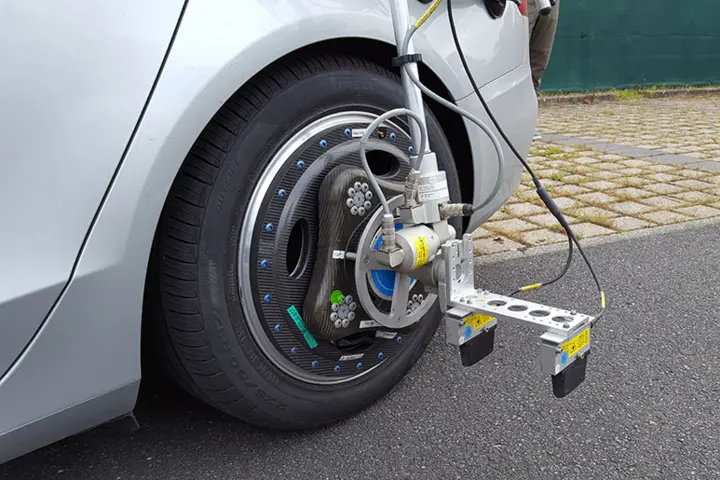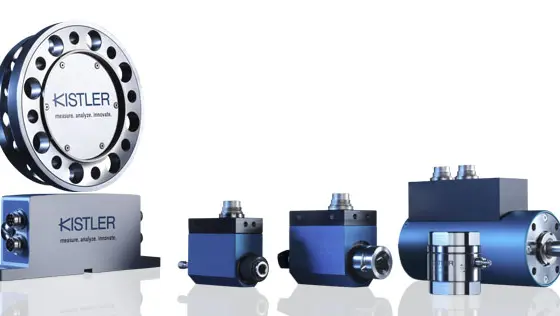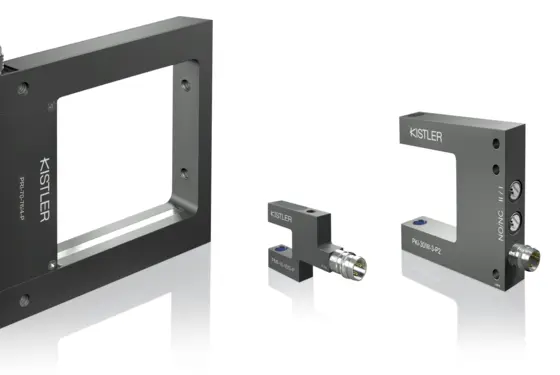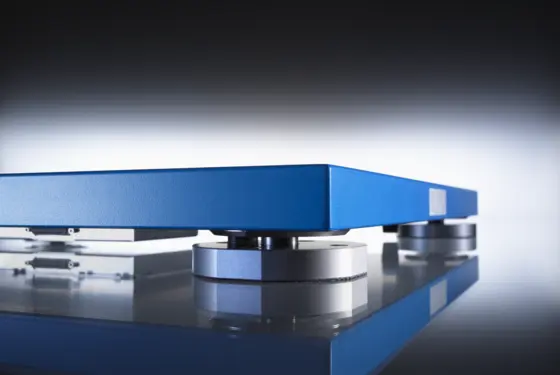What is the difference between negative and positive camber?
Negative camber is given when the top of the wheel leans towards the vehicle. When the top of the wheel leans outwards i.e. away from the vehicle, then positive camber is given.
What is the difference between static and dynamic camber angles?
Static camber angle is the actual camber when the vehicle is at rest. Due to forces created by driving maneuvers such as braking, cornering or accelerating, the static camber angle cannot be assumed to correspond to dynamic camber values, which change continually as the vehicle is driven. Dynamic camber angle is the total out of static camber angle plus camber gain (to be added or substracted).
For example, when an ordinary car is cornering, the wheels and tires are naturally driven toward the outside, due to cornering forces. In this situation, the contact patch of the wheel slightly moves to the tire’s outer shoulder. A static negative camber is desired in order to counteract this natural shift and to ensure the greatest possible contact patch on the road surface on the one hand and the best possible tire grip while cornering, on the other. Too much negative camber angle, however, would cause a vehicle to follow the unevenness in roads and it would also cause significantly higher tire wear.
What are the benefits of a negative camber angle?
For normal, modern cars typically feature a slightly negative camber angle is desired (0.5–1° to ensure a good balance and cornering grip, braking grip and tire wear.
How to measure camber angle?
There are various methods to measure camber angles:
Precise dynamic camber angle measurement relative to the ground can be achieved by mounting, for example, wheel vector sensors such as the RV-4 from Kistler: all wheel positions and orientations are captured in five axes. Another method is to mount two specialized optical dynamic camber angle sensors (DCA) like the DCA sensor system at a 90-degree angle to the front and/or rear vehicle wheels. Laser height sensors achieve dynamic camber measures by comparing the relative change in height between the two sensors from the optical plane of each sensor to the surface of the road or track.
Another method is to measure the heat inside the tires. Negative or positive camber will show up in temperatures differing across the face of a tire.




